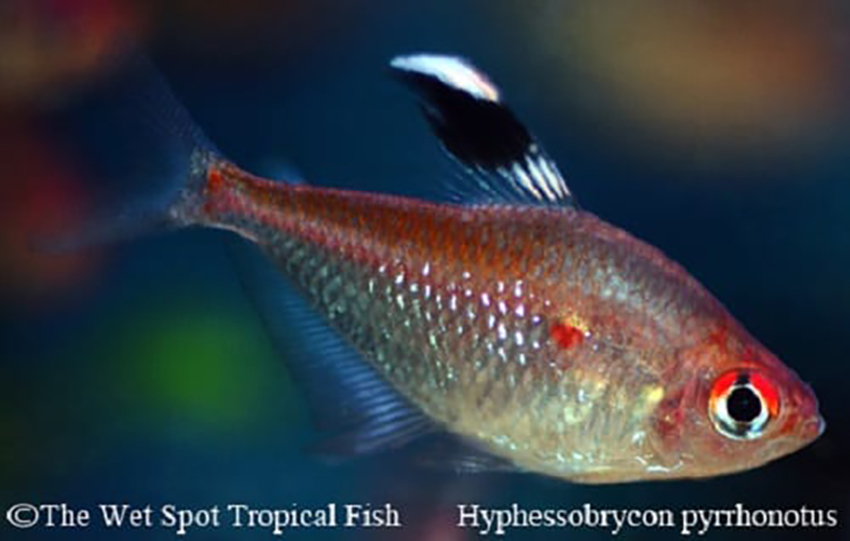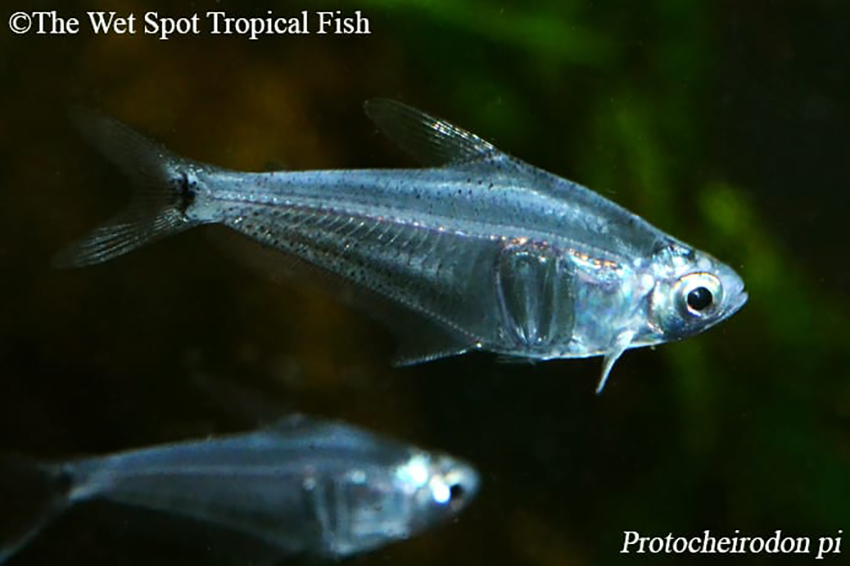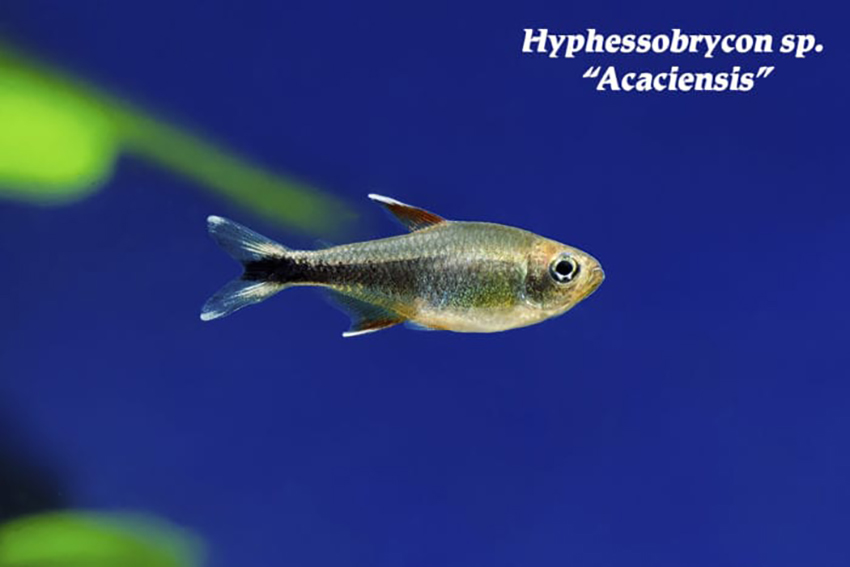Your Tetra Well Spring
Spring is upon us! The birds celebrate her return with festive song, as this Wednesday marked the Spring Equinox for 2019. One of the only two days a year where the Sun’s center passes directly over Earth’s equator, the entire planet enjoyed an equal duration of daylight and nighttime hours. A symbol of hope and rebirth, in our line of work, spring is the best time to freshen aquaria with new fish. Exemplifying the vibrancy and excitement of the new season, South American Tetras liven up any community tank. A few of our current favorites include Hyphessobrycon pyrrhonotus, Protocheirodon pi, and Hyphessobrycon sp. “Acaciensis”.
As radiant as the sunlight fueling Earth’s life, H. pyrrhonotus is found in the Rio Negro system of Brazil. Known more commonly as “Flameback Bleeding Heart Tetras”, this South American Characid reaches nearly 2 inches, and exhibits beautiful pink coloration with a “bleeding heart” dot on red on their sides, red eyes, and a “flaming” red stripe down their back leading to an extended black dorsal fin tipped in white. Most often observed in the wild as groups swimming among woody areas of fallen branches, underneath overhanging riparian vegetation, these tetras do best in mature, well-furnished tanks. A natural arrangement would include soft, sandy substrate, leaf litter, driftwood branches and root tangles, and live vegetation including floating plants. Adapted to live in pristine environments, they are sensitive to the accumulation of waste, and do best with some robust filtration. Weekly 33% water changes are encouraged. Generally peaceful and ideal candidates for community aquaria, they can be housed with similarly-sized characids, peaceful catfish, algae eaters, and dwarf cichlids. Males can become territorial, which is mitigated by keeping larger conspecific groups of 8 to 10 individuals. Opportunistically omnivorous in the wild, their favorite food items include live and frozen offerings like bloodworm, brine, or Daphnia, and high-quality dried flakes or granules to round out the major food groups. Tank waters are best kept with temperatures between 68 and 80°F, pH on the more acidic end of 4.0 to 7.0, and hardness around 18 to 143 ppm.

Scientific Name:
Hyphessobrychon pyrrhonotus
Common Name:
Flameback Bleeding Heart
Temperature:
60° – 80° / 4.0 to 7.0 pH
Native Location:
Rio Negro, Brazil
Preferred Diet:
High quality frozen/flake foods
As radiant as the sunlight fueling Earth’s life, H. pyrrhonotus is found in the Rio Negro system of Brazil. Known more commonly as “Flameback Bleeding Heart Tetras”, this South American Characid reaches nearly 2 inches, and exhibits beautiful pink coloration with a “bleeding heart” dot on red on their sides, red eyes, and a “flaming” red stripe down their back leading to an extended black dorsal fin tipped in white. Most often observed in the wild as groups swimming among woody areas of fallen branches, underneath overhanging riparian vegetation, these tetras do best in mature, well-furnished tanks. A natural arrangement would include soft, sandy substrate, leaf litter, driftwood branches and root tangles, and live vegetation including floating plants. Adapted to live in pristine environments, they are sensitive to the accumulation of waste, and do best with some robust filtration. Weekly 33% water changes are encouraged. Generally peaceful and ideal candidates for community aquaria, they can be housed with similarly-sized characids, peaceful catfish, algae eaters, and dwarf cichlids. Males can become territorial, which is mitigated by keeping larger conspecific groups of 8 to 10 individuals. Opportunistically omnivorous in the wild, their favorite food items include live and frozen offerings like bloodworm, brine, or Daphnia, and high-quality dried flakes or granules to round out the major food groups. Tank waters are best kept with temperatures between 68 and 80°F, pH on the more acidic end of 4.0 to 7.0, and hardness around 18 to 143 ppm.
Scientific Name:
Protocheirodon pi
Common Name:
Crystal Tetra
Temperature:
76° – 82° / 6.0 to 7.0 pH
Native Location:
Amazon River Basin, Peru
Preferred Diet:
Small invertibrates


Scientific Name:
H. sp. “Acaciensis”
Common Name:
Acaciensis Tetra
Temperature:
72° – 82° / 4.0 to 7.0 pH
Native Location:
Rio Acaias, Colombia
Preferred Diet:
Zooplankton
